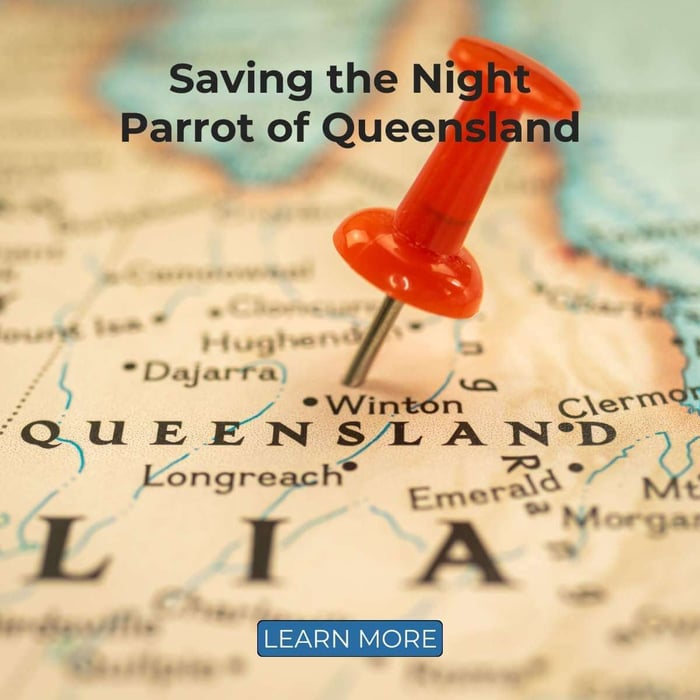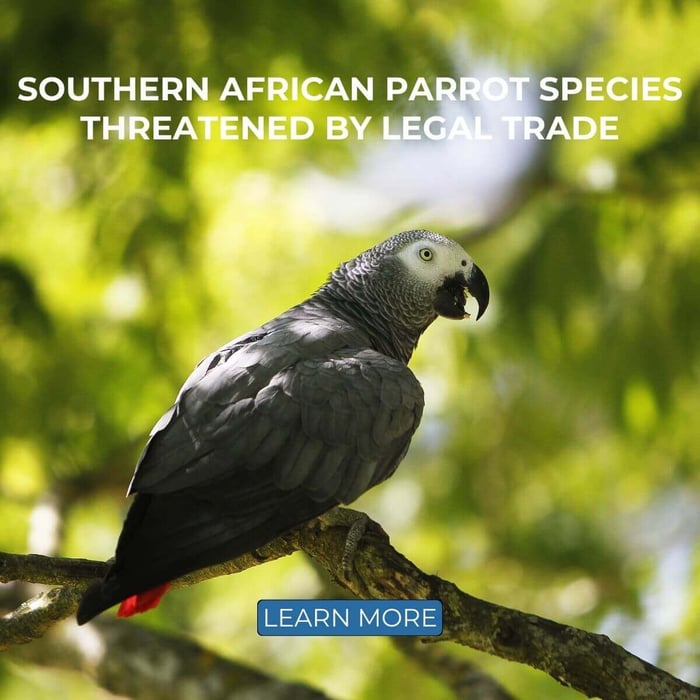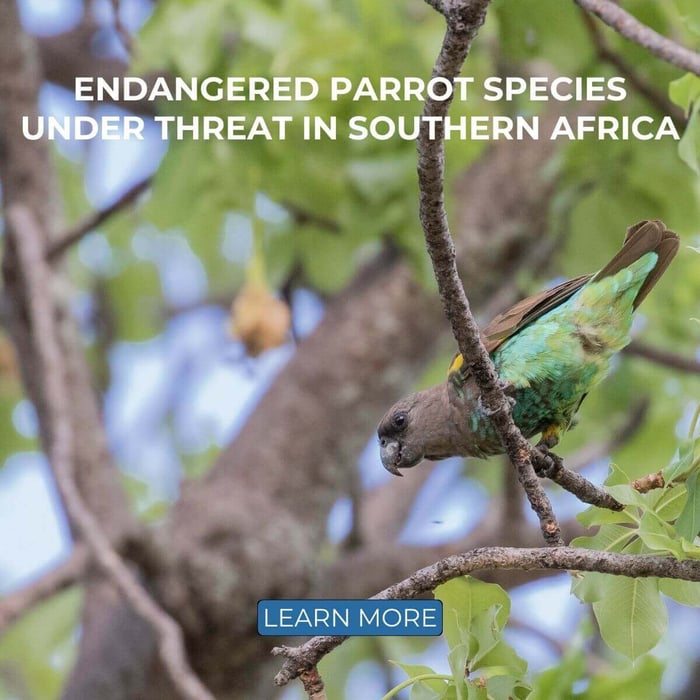Orange-Bellied Parrot - Australian Endangered Species
The Orange-Bellied Parrot, scientifically known as Neophema chrysogaster, is a small and vibrant bird native to Australia. With a green body and a distinctive orange patch on its belly, this parrot is not only striking in appearance but also critically endangered. Weighing approximately 45 grams (1.6 oz) and slightly larger than Budgerigars, the Orange-Bellied Parrot has become a symbol of the urgent need for conservation efforts.

The Unique Life Cycle of the Orange-Bellied Parrot
What sets the Orange-Bellied Parrot apart from many other parrot species is its migratory behaviour. It is one of only three parrot species known to migrate between summer and winter. This incredible journey takes them from their breeding grounds in Tasmania's remote southwest wilderness to their winter habitats in Victoria and South Australia. The journey is fraught with dangers, making the survival of each individual bird a significant challenge.
During the breeding season, these parrots nest in tree hollows in Tasmania's rugged wilderness. The remote and harsh environment provides them with some protection from predators but also presents its own set of challenges. After the breeding season, the parrots undertake a long migration across the Bass Strait to the mainland, where they spend the winter months. This migration is a critical time for the parrots, as they must navigate changing landscapes, avoid predators, and find sufficient food to survive.
The Threat of Extinction
Unfortunately, the Orange-Bellied Parrot is one of the most endangered species on the planet, with their numbers dwindling to alarmingly low levels. As of the latest data, there are less than 70 individuals left in the wild, a figure that highlights the severity of their situation. Several factors contribute to their decline, including habitat loss, environmental changes, and the devastating impact of disease.
One of the most significant threats to this parrot species is a disease often referred to as "bird AIDS" by some researchers. This disease causes severe malformations in the birds, affecting both their beaks and feathers. Birds afflicted with this disease develop shortened, stubby feathers, rendering them unable to fly. Additionally, their beaks become malformed, making it difficult for them to eat properly. This double blow significantly reduces their chances of survival in the wild, further exacerbating their already precarious situation.
In addition to disease, the parrot faces the ongoing threat of habitat loss. Human activities, including urban development and agriculture, have encroached upon the natural habitats of these parrots, reducing the availability of food and nesting sites. Furthermore, changes in land use and the introduction of wind farms have disrupted their migratory paths, making their already perilous journey even more challenging.

Conservation Efforts: A Ray of Hope
Despite the dire situation, there is hope for the Orange-Bellied Parrot. Dedicated conservation efforts are underway to prevent the extinction of this beautiful species. One such effort is being spearheaded by Moonlit Sanctuary, a wildlife conservation park that plays a crucial role in the preservation of the Orange-Bellied Parrot.
Moonlit Sanctuary has taken a proactive approach to protect these parrots by establishing a captive breeding program. With so few birds remaining in the wild, the captive breeding program is essential for the survival of the species. According to Lisa Tuthill, a senior keeper at the sanctuary, they currently have 10 Orange-Bellied Parrots in their breeding program and an additional seven on display in their public aviary. These efforts are a critical component of the broader strategy to increase the population of these parrots and, ultimately, reintroduce them into the wild.
The importance of the captive breeding program cannot be overstated. As noted by Gregory Andrews, Australia's Threatened Species Commissioner, the program at Moonlit Sanctuary is vital to the survival of the species. Without these efforts, the Orange-Bellied Parrot would be at an even greater risk of extinction.
Challenges and Future Goals
While the work being done at Moonlit Sanctuary is commendable, there are still significant challenges to overcome. The disease that has ravaged the wild population remains a threat, even within the confines of a sanctuary. Researchers and conservationists are working tirelessly to better understand the disease and develop strategies to combat it. However, progress is slow, and time is running out for the Orange-Bellied Parrot.
In addition to disease management, habitat restoration is a critical component of conservation efforts. The loss of natural habitats has had a devastating impact on the parrot's population, and restoring these habitats is essential for their survival. This includes protecting existing habitats from further destruction and working to rehabilitate degraded areas. Efforts are also being made to create safe corridors for migration, ensuring that the parrots can travel between their breeding and wintering grounds without the added danger of human interference.
Michael Johnson, the director of Moonlit Sanctuary, has expressed his commitment to expanding the breeding program. With government support, he hopes to provide aviaries for up to 50 birds, some of which could be released yearly to breed in Tasmania. This ambitious goal is a testament to the dedication of those involved in the conservation of the Orange-Bellied Parrot.
The Current State of the Orange-Bellied Parrot Conservation Efforts
As of 2024, the conservation of the Orange-Bellied Parrot remains a challenging endeavour, but there have been some encouraging developments. The population, though still critically endangered, has seen slight improvements. During the latest breeding season, 82 parrots returned to Tasmania's breeding grounds, a hopeful sign for their survival. Additionally, conservationists have released 40 captive-bred juveniles into the wild, further boosting the population. However, the species continues to face significant threats from habitat loss, disease, and environmental changes, underscoring the need for ongoing and expanded conservation measures (NRE Tasmania).
The continued efforts by conservationists and organizations are critical to ensuring that this species does not disappear entirely. These efforts include habitat restoration, disease management, and careful monitoring of the wild populations to track their progress. The slight increase in numbers is a testament to the effectiveness of these strategies, but it also highlights the delicate balance that must be maintained to secure the future of the Orange-Bellied Parrot.

The Role of Public Awareness
Public awareness and support are also crucial to the success of conservation efforts. The plight of the Orange-Bellied Parrot has garnered attention both in Australia and internationally, thanks in part to the work of conservation organisations and media coverage. Social media campaigns, such as the hashtag #savetheorangebelliedparrot, have helped to raise awareness and generate support for the cause.
Education is another key component of public awareness efforts. By educating the public about the challenges faced by the parrot specie and the importance of conservation, organisations like Moonlit Sanctuary hope to inspire more people to get involved. Whether through donations, volunteering, or simply spreading the word, every effort counts in the fight to save this endangered species.
Conclusion
The Orange-Bellied Parrot is more than just a beautiful bird; it is a symbol of the broader challenges faced by many endangered species around the world. The factors contributing to its decline, including disease, habitat loss, and environmental changes, are not unique to this species alone. However, the dedicated efforts of conservationists, researchers, and organizations like Moonlit Sanctuary provide hope that we can reverse the tide of extinction.
The battle to save the parrot is far from over, but it is a fight worth fighting. With continued support, research, and conservation efforts, there is hope that future generations will still be able to witness the vibrant green and orange plumage of these remarkable birds in the wild. The Orange-Bellied Parrot's story serves as a reminder of the fragility of life and the importance of preserving our natural world for generations to come.




